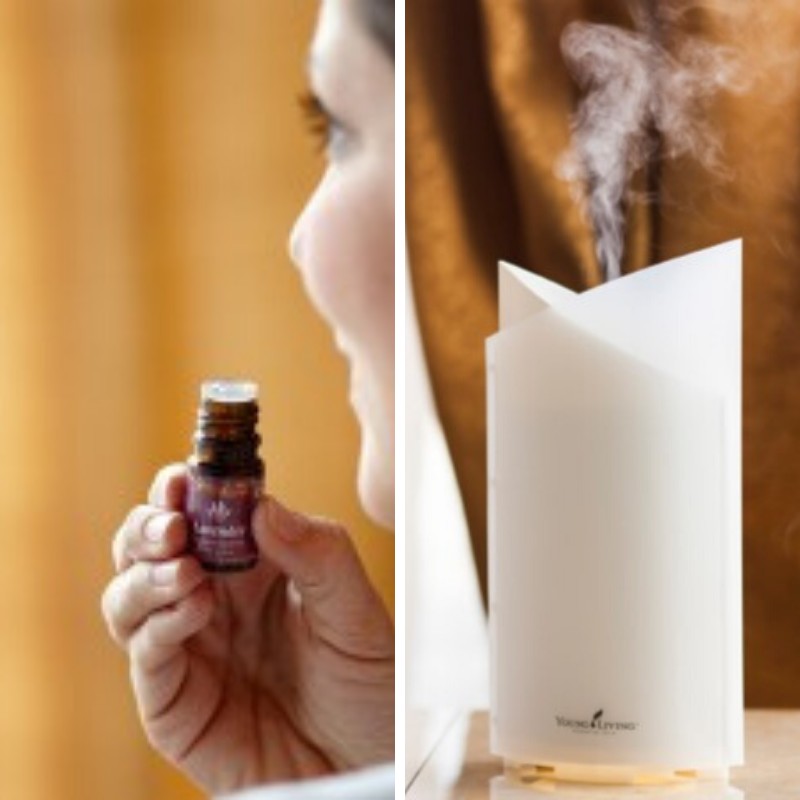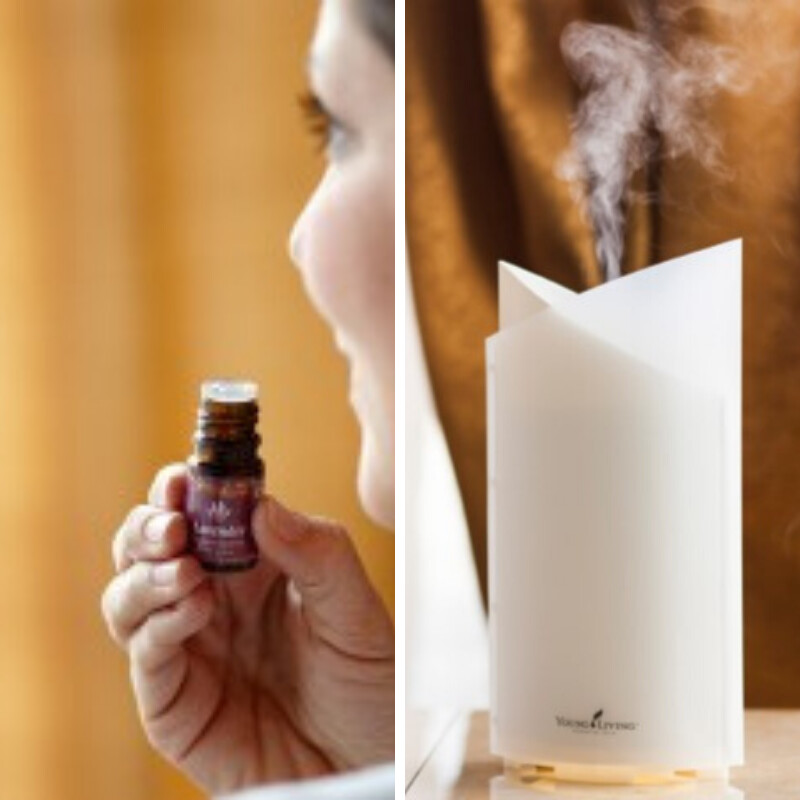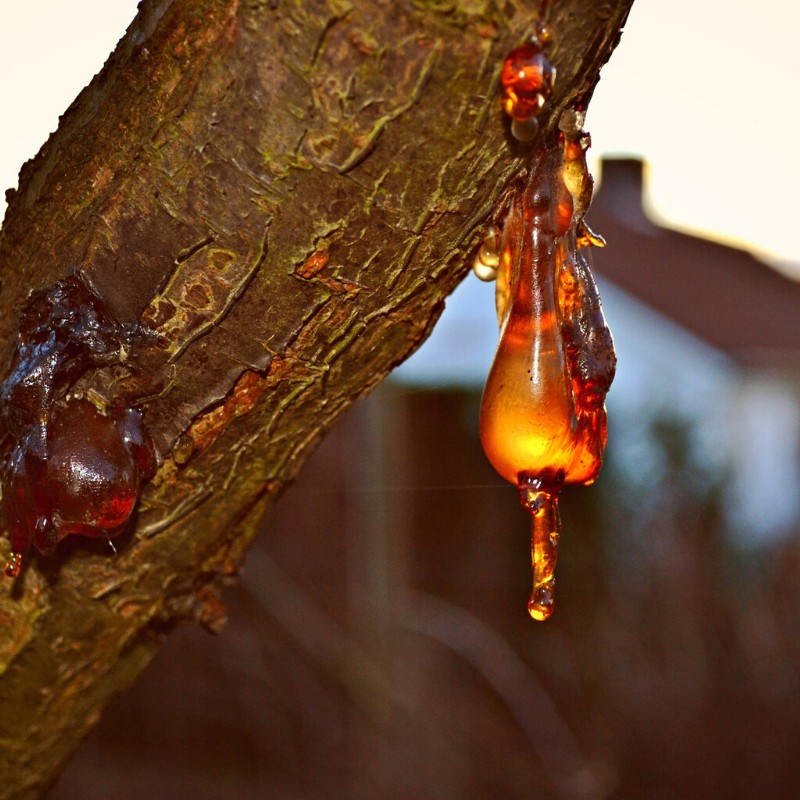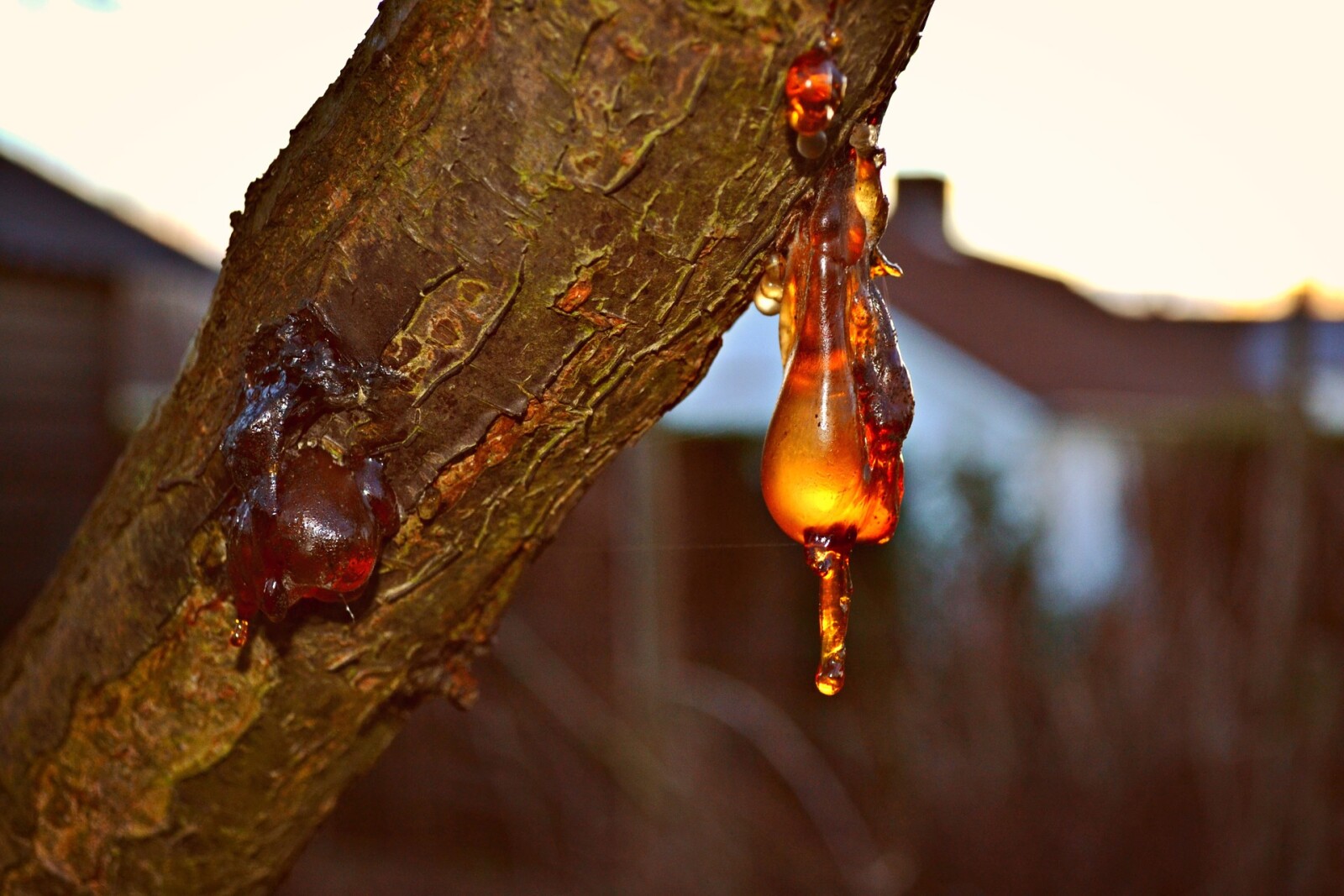
Hello, fellow dog lovers! 🐾 If you’re like me, your furry friend is an integral part of your family. As a Young Living Brand Partner and an essential oil enthusiast, I often get questions about whether essential oils are safe to use around dogs. It’s a great question, and as a pet parent, it’s essential to prioritize the safety and well-being of your pets while enjoying the benefits of essential oils.
Understanding Essential Oils and Dogs
Essential oils are potent, aromatic compounds derived from plants. They can offer wonderful health benefits, but it’s important to remember that dogs, like humans, can have varied sensitivities. Here are some general guidelines and tips to ensure your dog's safety around essential oils.
1. Choose Quality Oils
First and foremost, always choose 100% pure, unadulterated essential oils. Young Living is a trusted source that prioritizes purity and potency. Lower-quality oils can contain additives and chemicals that might be harmful to pets.
2. Introduce Oils Gradually
When introducing any new essential oil to your home, do so gradually. Allow your dog to sniff the bottle cap at a safe distance first and observe their reaction. Dogs have a much stronger sense of smell than humans, so a little goes a long way. If they turn away or run away from you, it is an oil that they do not want or need.
3. Diffuse with Caution
Diffusing is a popular way to enjoy essential oils, but always ensure the room is well-ventilated. Start with just a few drops and watch your dog for any signs of discomfort such as sneezing, coughing, or avoidance behavior. Always allow them an escape route from a diffused area.
4. Avoid Certain Oils
While many essential oils are safe for dogs, some should be avoided. Oils such as tea tree, wintergreen, and pennyroyal can be harmful to pets. Stick to dog-friendly oils like lavender, frankincense, or chamomile – but again, use them sparingly and cautiously.
5. Topical Use
If you’re considering using essential oils topically on your dog, always dilute them properly in a carrier oil. Essential oils are concentrated and should never be applied directly to your dog’s skin. Consult with a veterinarian before starting any topical application.
6. Observe and Respond
Every dog is unique, and reactions can vary. Always observe your pet’s reactions to essential oils. If you notice any adverse reactions such as skin irritation or respiratory distress, discontinue use immediately and consult a veterinarian.
7. Education and Consultation
Educate yourself continuously. Young Living offers extensive resources and education about essential oil safety. Additionally, always keep your veterinarian in the loop about your essential oil use, especially if your pet has pre-existing health conditions.
Conclusion
Using esse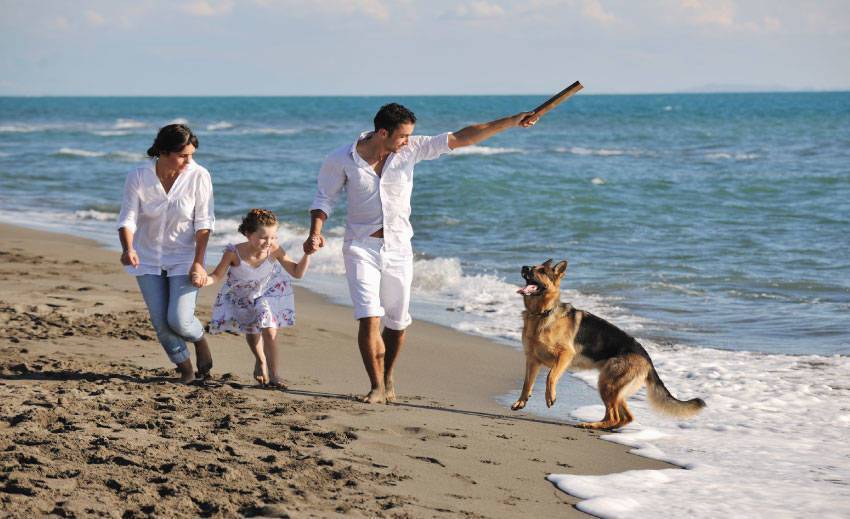 ntial oils around your dogs can be a great way to promote a calming and balanced environment, but safety should always come first. By choosing high-quality oils and following these safety guidelines, you can confidently incorporate essential oils into your home, enhancing the well-being of both you and your furry companions.
ntial oils around your dogs can be a great way to promote a calming and balanced environment, but safety should always come first. By choosing high-quality oils and following these safety guidelines, you can confidently incorporate essential oils into your home, enhancing the well-being of both you and your furry companions.
 ntial oils around your dogs can be a great way to promote a calming and balanced environment, but safety should always come first. By choosing high-quality oils and following these safety guidelines, you can confidently incorporate essential oils into your home, enhancing the well-being of both you and your furry companions.
ntial oils around your dogs can be a great way to promote a calming and balanced environment, but safety should always come first. By choosing high-quality oils and following these safety guidelines, you can confidently incorporate essential oils into your home, enhancing the well-being of both you and your furry companions.Feel free to reach out with any questions or if you need more information on how to safely incorporate essential oils into your pet care routine. Here’s to happy homes filled with wellness and wagging tails!
Stay safe and well-scented,
Kim
*Disclaimer: This blog post is intended for educational purposes only and is not a substitute for professional veterinary advice. Always consult with a veterinarian before introducing essential oils to your pets.* Oh Who's who's special OK OK what John here is like pulling for an Apple product I mean it's weird size to see that by special every weird sizes for the focus of having weird sizes you know Oh digestive sister is that

